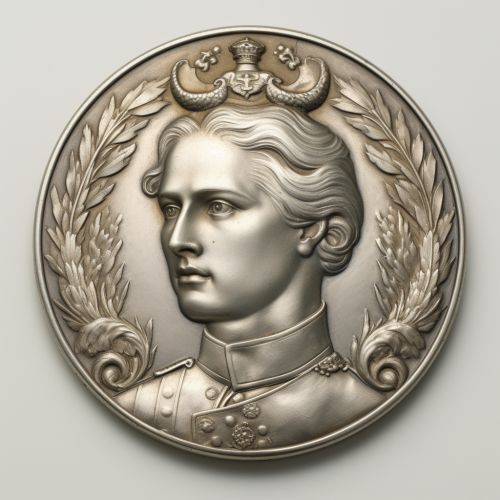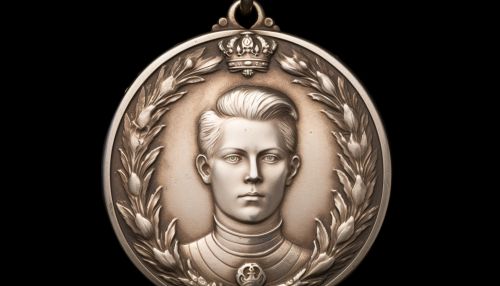Copley Medal
Overview
The Copley Medal is a scientific award given by the Royal Society, for outstanding achievements in scientific research in any branch of science. It is the oldest surviving scientific award in the world, having first been given in 1731 by the painter Godfrey Kneller, in memory of his daughter Catherine Copley. The medal was awarded every three years until 1827 when the practice changed to awards being given annually.
History
The Copley Medal was introduced following a donation of £100 by Sir Godfrey Copley, who was a member of the Royal Society. The sum was directed to be invested in land, with the interest from the land to be used for the purpose of a medal to be awarded for scientific achievement. The first Copley Medal was awarded in 1731, 170 years before the first Nobel Prize.
Design
The Copley Medal is made of silver and is 44mm in diameter. The obverse features a bust of Sir Godfrey Copley. The reverse shows the Royal Society's coat of arms.
Recipients
Over the years, the Copley Medal has been awarded to many notable scientists. The first recipient was Stephen Gray, for "his new Electrical Experiments: - as an encouragement to him for the readiness he has always shown in obliging the Society with his discoveries and improvements in this part of Natural Knowledge". Notable recipients include Albert Einstein, Charles Darwin, Michael Faraday, and Stephen Hawking.
Criteria
The Copley Medal is awarded for scientific achievements in any branch of science, and thus, the criteria for the award vary. The decision on who will receive the award is made by the Council of the Royal Society, on the recommendation of the Copley Medal Committee.
Impact
The Copley Medal has had a significant impact on the scientific community. It has been awarded to individuals who have made substantial contributions to their respective fields, and in many cases, their work has led to major advancements in science.
See Also
List of Copley Medal recipients Royal Society Prizes, Medals, and Awards Godfrey Kneller


